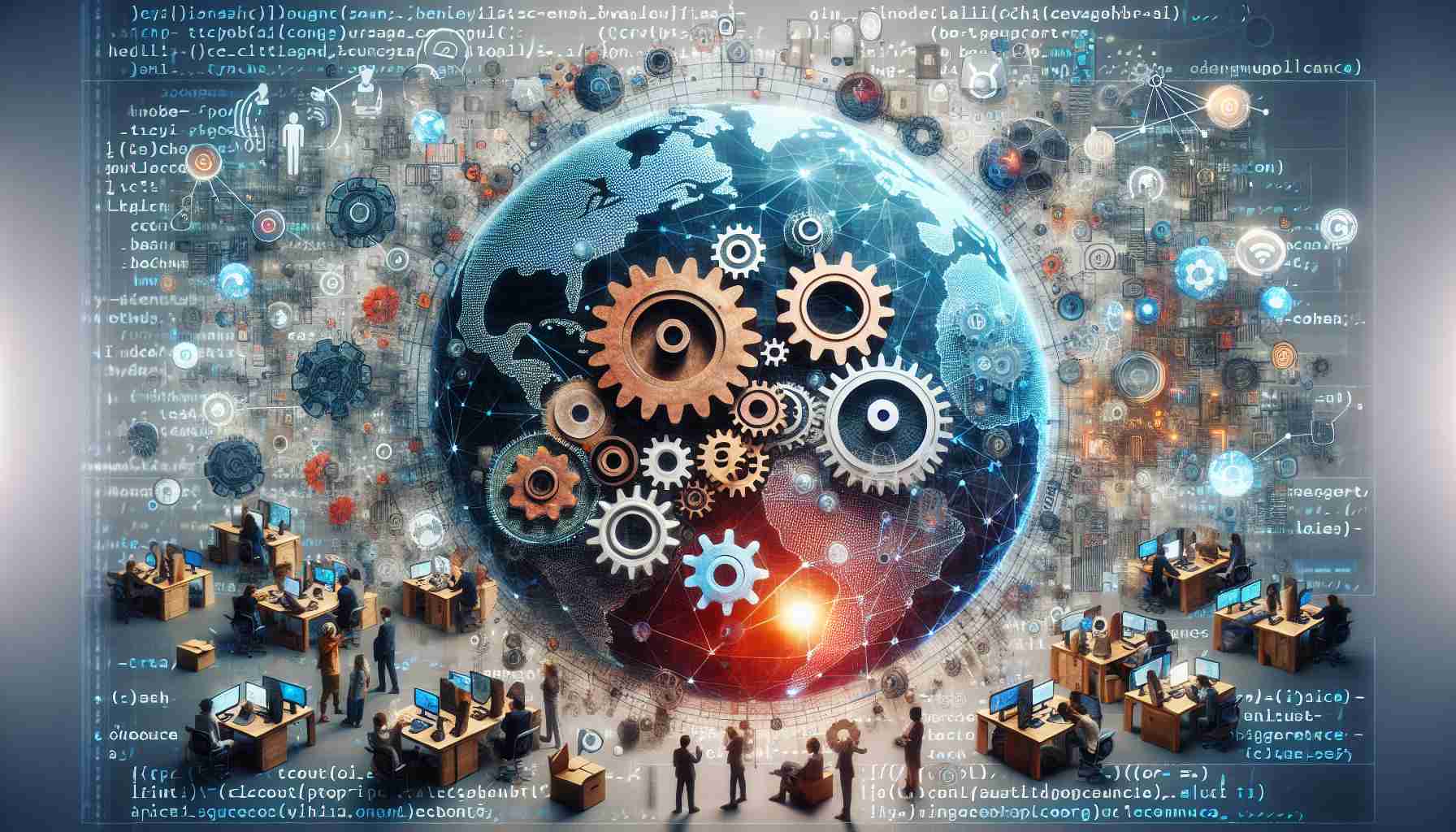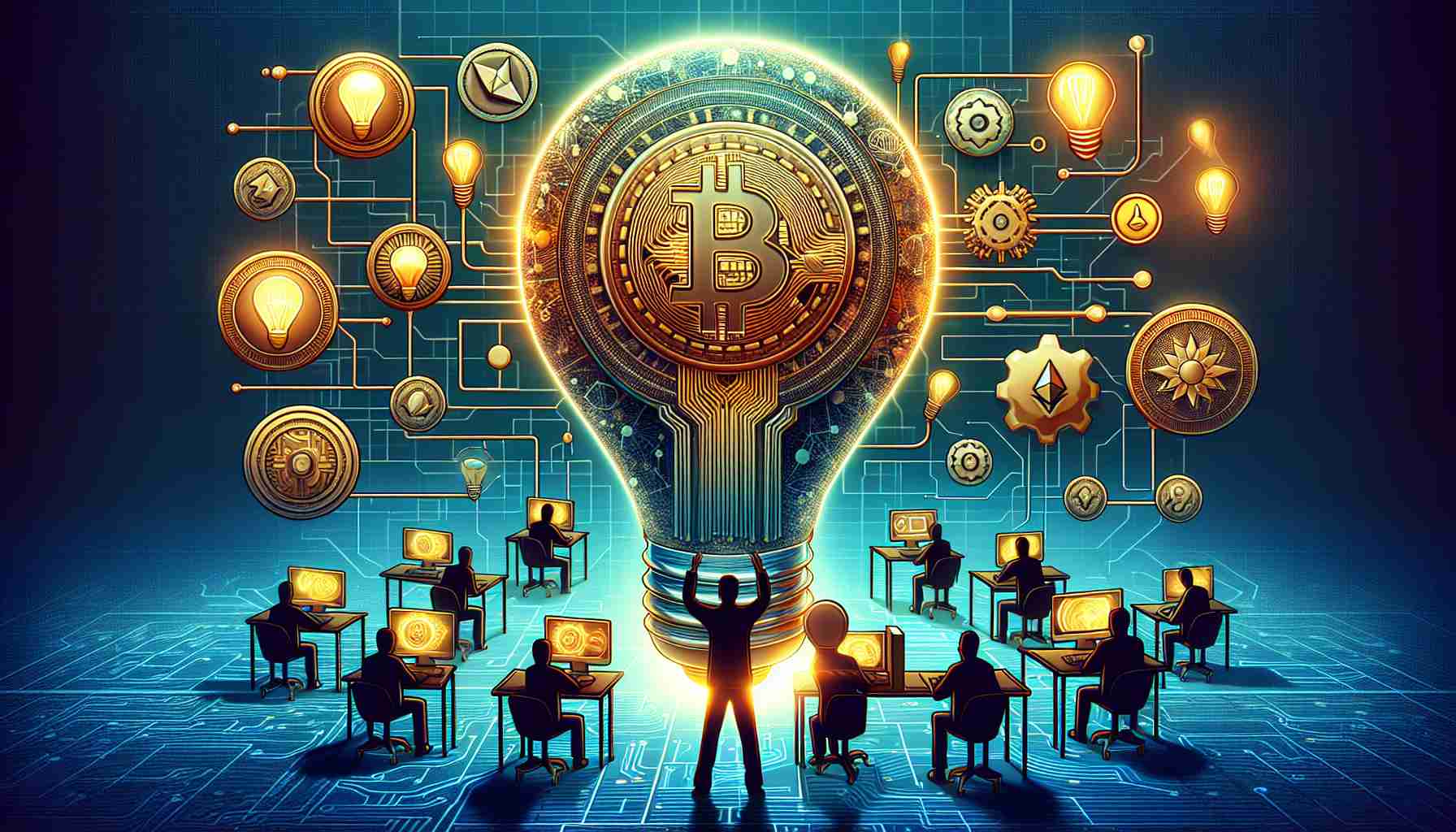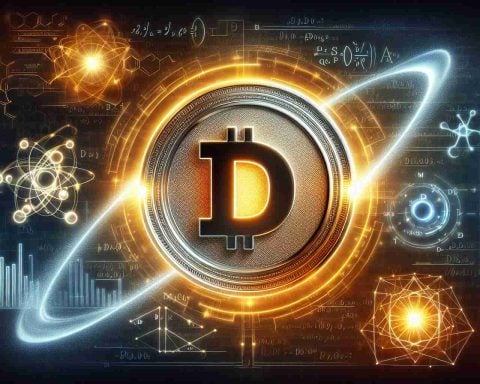- Open-source AI is emerging as a transformative force, challenging the dominance of secretive tech giants.
- Clement Delangue, CEO of Hugging Face, advocates for a collaborative innovation landscape.
- DeepSeek, an open-source AI model, exemplifies collective advancement with its adaptable framework.
- DeepSeek has accrued over a thousand variations and millions of downloads, surpassing proprietary competitors.
- The model democratizes AI development by reducing dependence on expensive hardware, lowering entry barriers.
- This approach encourages global collaboration, with European investments inspiring other nations like India and China.
- The rise of open-source AI signals a shift towards a future defined by shared progress and endless innovation opportunities.
Amidst the relentless chatter surrounding artificial intelligence, a transformative force brews—open-source AI poised to redefine the landscape. Leading this charge, Clement Delangue, CEO of Hugging Face, envisions a future not dominated by secretive tech giants, but by transparent, collaborative innovation. Central to this evolution is DeepSeek—a model whose open-source framework invites collective advancement rather than cloistered progress.
Imagine a digital landscape where AI models, akin to artisans crafting unique creations, are shaped and reshaped continuously by a global community. DeepSeek embodies this ethos, its model attracting a dedicated following of developers who adapt and refine it far beyond its original blueprint. With more than a thousand variations and millions of downloads, it eclipses competitors, drawing creators eager to transcend the boundaries enforced by proprietary platforms.
Yet, the true marvel of DeepSeek lies not within its capability to blaze past milestones, but in its ability to democratize AI development. By minimizing reliance on costly, high-end hardware, DeepSeek lowers the barrier of entry, allowing even those equipped only with modest resources to partake in this technological renaissance. Training costs that once seemed insurmountable now invite innovation at every level.
This open-source endeavor inspires nations too, as Europe amplifies its AI investments, buoyed by the potential for collective collaboration. Delangue foresees more countries, including India and China, funneling their aspirations into this shared pool of knowledge, establishing a global consensus on the power of open-source AI.
A pivotal movement emerges as open-source AI gains traction, promising a future where innovation knows no bounds and is defined not by exclusivity, but by shared progress and boundless opportunity.
The Open-Source AI Revolution: Uniting Innovators Across the Globe
DeepSeek: Unleashing the Power of Collaborative AI
In today’s rapidly evolving technological landscape, DeepSeek stands as a beacon of open-source AI innovation, transforming the way we approach artificial intelligence development. Unlike proprietary models shrouded in secrecy, DeepSeek invites a worldwide community of developers to participate, shaping its capabilities far beyond initial expectations. But what are the other aspects of this groundbreaking movement? Let’s explore.
How Open-Source AI Democratizes Technology
Open-source AI platforms like DeepSeek reduce the dependency on expensive, high-performance hardware, thereby lowering the entry barriers for aspiring developers. By offering a flexible framework, DeepSeek enables anyone with a basic setup to contribute to AI advancements, promoting inclusivity and creativity.
Advantages and Challenges of Embracing Open-Source AI
Pros:
– Accessibility: Open-source models are freely available, allowing diverse participation.
– Collaboration: Encourages global cooperation in AI development.
– Innovation: Accelerates progress through shared knowledge and resources.
Cons:
– Security Risks: Open systems can be more vulnerable to exploitation.
– Quality Control: Variability in contributions may affect overall consistency.
– Resource Needs: Despite lower costs, some investments are still required for effective use.
Future Trends and Predictions
The growing investment by countries like India and China hints at a broader global shift towards shared AI ecosystems. Innovations in open-source software might spark breakthroughs in areas like natural language processing and personalized AI applications.
Comparison with Proprietary Models
While open-source AI offers unparalleled collaboration opportunities, proprietary models often boast optimized, high-performance solutions for specific applications. Choosing between these paths depends on the project’s demands for security, performance, and flexibility.
Tutorials: Getting Started with Open-Source AI
For those new to open-source AI, numerous online resources provide step-by-step guidance on setting up and contributing to projects like DeepSeek. Understanding the fundamentals of programming and machine learning will be essential.
Compatibility and Integration
Open-source models are typically more adaptable, easily integrating with other technologies and platforms, which can be a significant advantage over proprietary systems that may have compatibility restrictions.
Market Analysis and Industry Insights
The open-source AI market is expanding, with more businesses and governments recognizing the potential for cost savings and innovation. As demand grows, so will the opportunities for startups and established companies to capitalize on shared technologies.
Suggested Related Links
To learn more about the status and future of open-source AI, consider exploring:
– Hugging Face
– Open Source Initiative
The world of AI is witnessing a pivotal movement where open-source communities like DeepSeek are redefining innovation. By fostering collaboration across borders, we step into a future where potential is shared, and the opportunities are boundless.


















